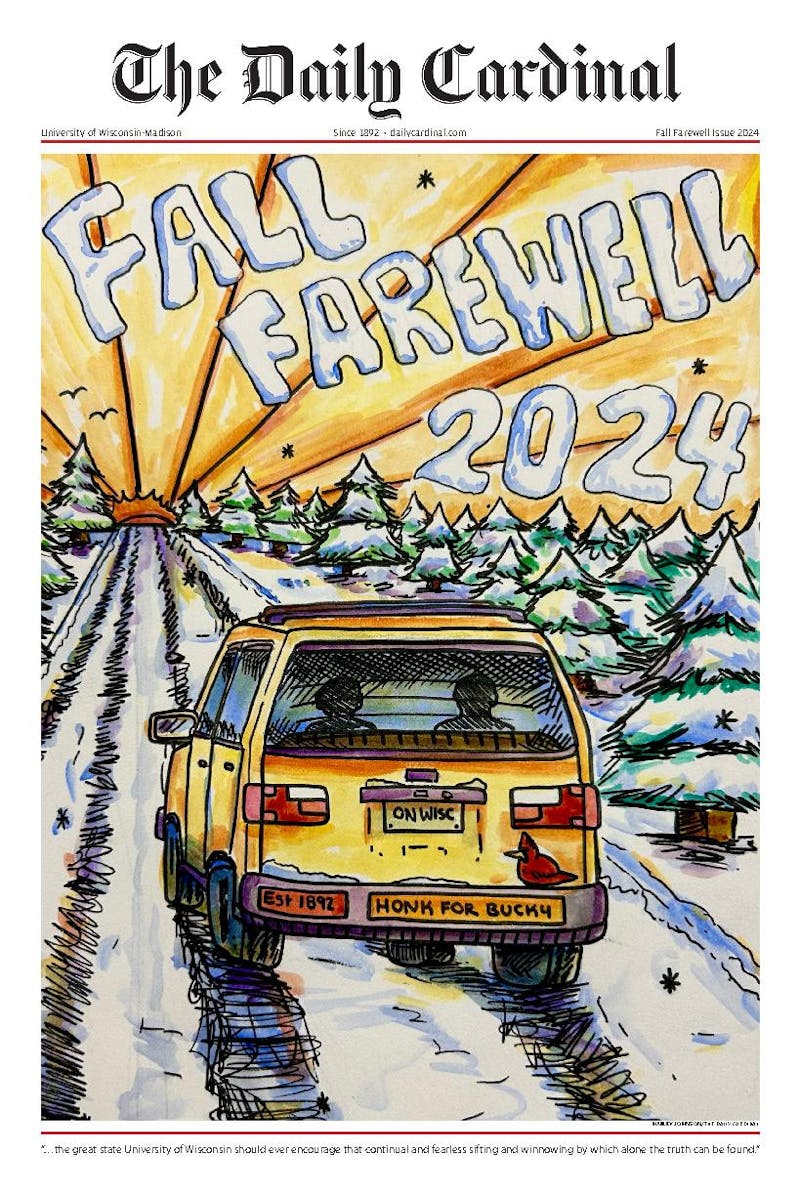President-elect Donald Trump. That’s not something I thought I’d ever have to come to terms with. During his campaign, Trump probably insulted more people than any other presidential nominee in American history … and yet he still won. How did he do it? How did this happen?
Ever since the results were in, I’ve heard people blame the Electoral College, racists, angry white guys, conspiracy theorists and third parties. I’ll admit, I too have thought about these as potential paths leading to Trump’s victory. However, I now realize that none of them get to the heart of the matter or root of the problem. Yes, there are angry white guys and racists who voted for Trump. Yes, Gary Johnson and Jill Stein may have played a role. And yes, Hillary Clinton did win the popular vote. But none of that matters!
There have always been angry white racists who can vote, third parties often take a small percentage of the votes and there have been multiple occasions where the president-elect lost the popular vote but won the Electoral College. None of these phenomena are new! I think it is fair to say that this election was different from any other one in our history. That means, old ways of thinking and reasoning are not going to suffice. That’s why I am proposing (in no particular order) a different set of explanations that aren’t discussed as much, and may be hard to come to terms with.
Number One: The two-party system is broken and Trump (being the political outsider) is seen by many as the guy to fix it. Voting for the lesser of two evils was a popular phrase going around this past election cycle. “Why were we forced to vote for a lesser of two evils?” you might ask. Because that’s what our two-party system produced for us. One Republican and one Democrat. In my opinion, we either need to have multiple political parties that hold sway in America or none. Political parties do not stand for the people; they stand for themselves. Nowhere in the Constitution does it mention anything about political parties. Our first President George Washington even warned us of the dangers of political parties—maybe we should have taken his advice.
The Democratic Party is especially broken and needs a fresh set of leaders if it wants to move forward. I had thought that the Republican Party was in shambles with Trump on the top of its ticket. Boy, was I wrong.
Republicans now control the House, Senate and Presidency, as well as state governments across the country. It was a total defeat of the Democratic Party. And all this leaves establishment Democrats wondering: How did this happen? Maybe it’s because they corruptly used the Democratic National Committee and undemocratic superdelegates to support one of the most unpopular candidates in history.
Number Two: Anti-establishment is in. This one factors into my previous point that the two-party system is broken. Year after year politicians run for office promising us the world. We diligently give them our vote, and what do we get in return? Broken promises and failed policies. Then the next election rolls around and a new set of promises are made. This is a never-ending cycle. This is particularly true of Republicans over the past eight years. Many Republicans have been left extremely unhappy with an Obama presidency and the belief that their leaders are incompetent. A vote for Trump is like giving the middle finger to establishment politicians who have failed their constituents.
Number Three: People don’t like Hillary. OK, so this one isn’t exactly new; I’ve heard it a lot. It’s important enough to point out though, and Trump used it against her masterfully in the election. He painted her as crooked and corrupt and it wasn’t exactly hard for him to do either. She brought along a lot of baggage with her, whether it was Benghazi, her emails or the Clinton Foundation.
You could argue that Trump was more unlikeable than Clinton, but at least he had an incredibly enthusiastic base that followed him through hell and high water all the way to the polls. Bernie Sanders had this in the primary election too, but Clinton failed to arouse the same kind of passion in her Democratic base as Bernie did.
Number Four: Trade deals and the Midwest. Trump consistently bashed trade deals as being terrible for Americans while claiming he would bring jobs back. He also won every single Midwestern state except Minnesota and Illinois.
Like it or not, a large section of our own states’ populations are hurting and unhappy. Hurting because the middle class is shrinking and unhappy because they feel that globalization has left them behind. Trump did what he had to do to win the Rust Belt and bashing trade deals was a big part of his success.
There are many other explanations that could be cited to explain Trump’s victory, including a rural/urban divide, lack of voter turnout or sexism. But no matter how you spin it, Trump won. This is what we get for living in a democracy. Sometimes you win and sometimes you lose, but no matter what happens we are all still Americans and we better stop fighting and start working together—before we tear ourselves apart.
Thomas is a senior majoring in psychology and history. What do you think is the reason for Clinton’s loss? Where do you think the Democratic Party should go from here? Please send all comments, questions and concerns on this matter to opinion@dailycardinal.com.






